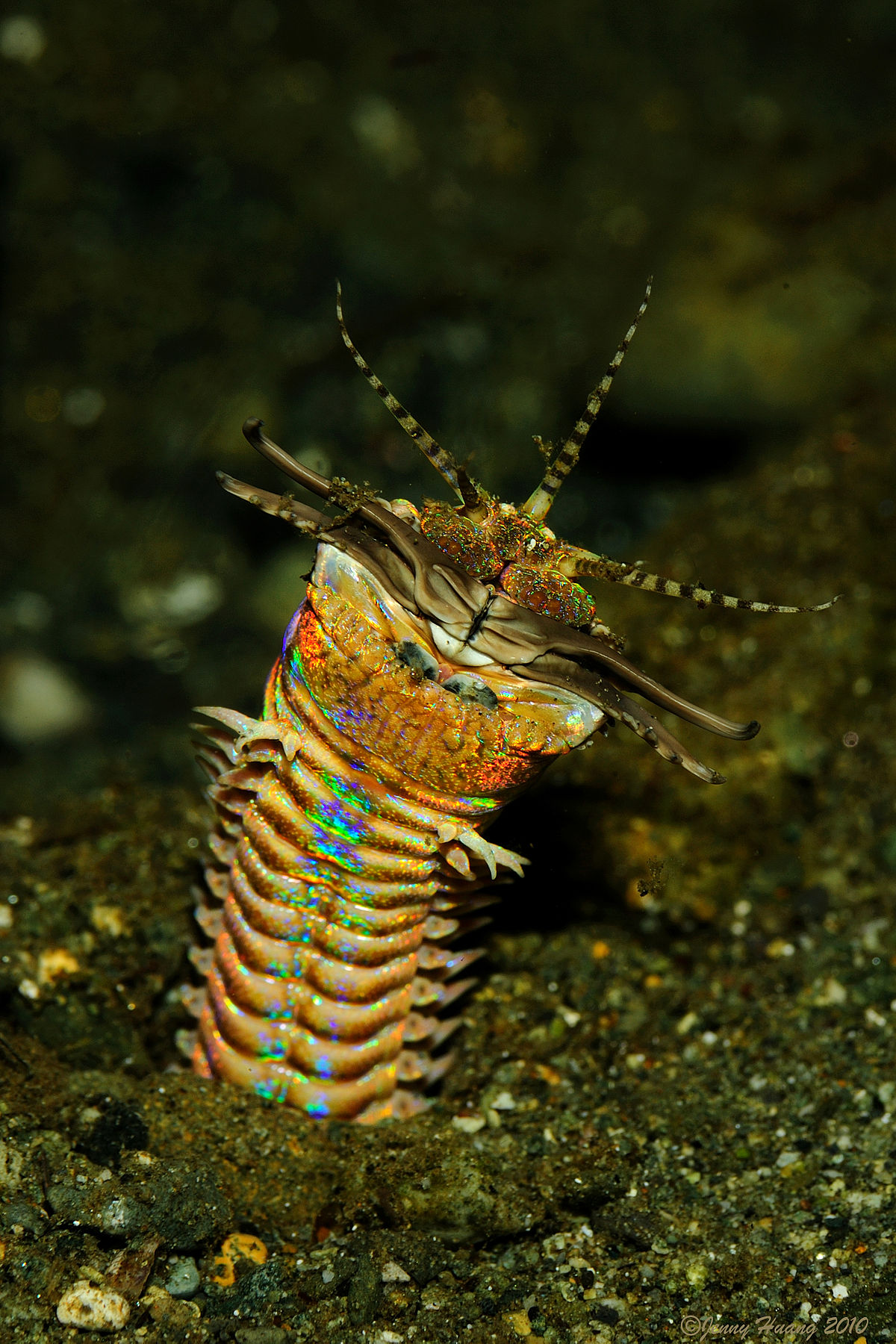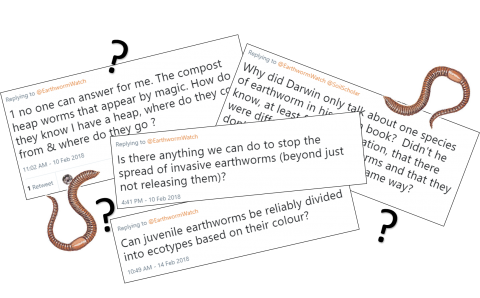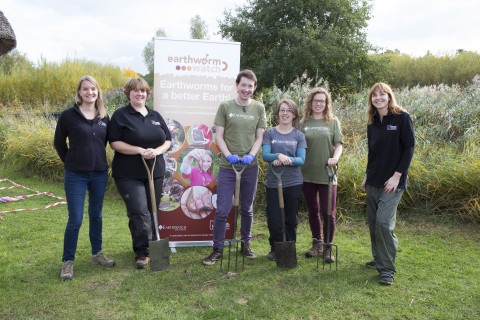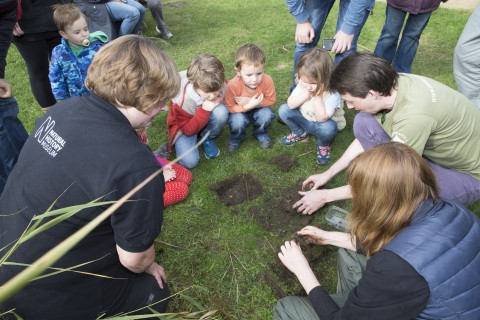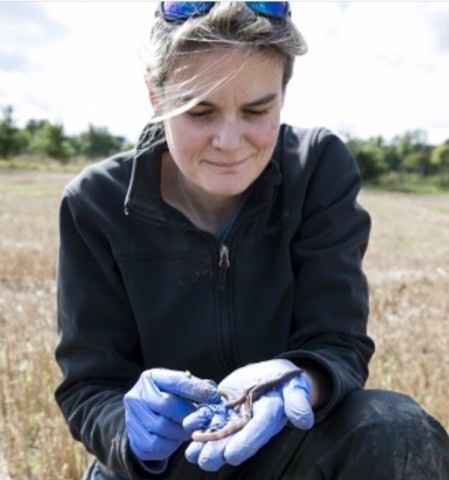There has been a society devoted to bird conservation in Britain since 1889 - The Royal Society for the Protection of Birds. The Botanical Society of Britain and Ireland was established even earlier, in 1836 for wild plants. Yet both birds and plants in part rely on earthworms to flourish, both as a food source and through their actions in the soil. It wasn't until a century later in 2009, that the Earthworm Society of Britain (ESB) was set-up by passionate individuals to raise awareness of the ecological importance and conservation of earthworms.
Passionate people like Keiron Derek Brown, Earthworm Recording Officer for the Society ensures they have a voice in the biological recording community and wider biodiversity sector. The ESB is a voluntary organization that plays an important part in supporting scientific research to improve the conservation of earthworms and their habitats and educates and inspires people to take action to help earthworms. The ESB runs the National Earthworm Recording Scheme and training courses and events for those who are keen to identify and record earthworms.
As someone who is passionate about invertebrates, I learnt more about the society after volunteering to charm worms at The Natural History Museum in 2010. I was later inspired by several talks about the lives of earthworms by the spritely, enthusiastic Emma Sherlock who is chair of the society and earthworm specialist at the museum. I later joined the society to support their work.
I was invited as a committee member of the society last year when Earthworm Watch launched. Since then, ESB has done a brilliant job of supporting and promoting Earthworm Watch including recording useful data points from the island of Jersey. Together the National Earthworm Recording Scheme and results from Earthworm Watch are helping scientists to better understand the distribution and abundance of earthworms in the UK and Ireland.
Last week saw the society’s Annual General Meeting. You might ask what does such a society talk about? Well, with 31 species of earthworms in the UK and Ireland, the main aim of the society is to conduct research into understanding the distribution and ecology of earthworms. Dr. Frank Ashwood was sworn in as the society’s new Research Officer who will be working more closely with environmental organisations, NGO’s and researchers in the sharing of data and increase the flow and usefulness of earthworm data.
The ESB has achieved a lot over the past year educating new members about earthworm biology and ecology by delivering earthworm ID weekends (I attended one in Devon). These allow new and existing experienced members to train as earthworm recorders and field survey days allowing members to practice their earthworm sampling skills. The society also launched a new 1 day ecology course for beginners to learn about earthworm ecology and ESB recording methods. This year also saw the launch of the new website, a soon-to-be published updated earthworm recorders handbook, as well as a useful online key to earthworms.
Keiron from the society explained that 2017 has been a bumper year for earthworm records with 4,884 records so far, following a dataset shared by the Environment Agency. The society continues to promote the knowledge and appreciation of earthworms and the AGM was no exception. Dr. Ashwood gave a compelling talk about his research looking at earthworms and their services in supporting woodlands and their ecology, whilst Emma Sherlock gave an enthralling talk about earthworms and wider annelid group. ESB Members were able to glimpse the biggest European earthworm Octodrilus permagnus, the weird and creepy ambush predator the bobbit(t) worm Eunice aphroditois (which was discovered to be the culprit for the disappearance of almost a complete aquarium!) and one of the largest earthworms on Earth the giant Gippsland earthworm, Megascolides australi which can reach lengths of over 2 metres.
Earthworm Watch has been developed by Earthwatch (Europe), The Natural History Museum in association with the Earthworm Society of Britain. If you haven’t had a chance to take part in Earthworm Watch yet to find out the earthworms in your area, please sign up. If you have completed the survey, but yet to submit data, please submit here.
If you would like to find out more about The Earthworm Society of Britain, would like to join or become an earthworm recorder to deepen your knowledge, please visit their website.

